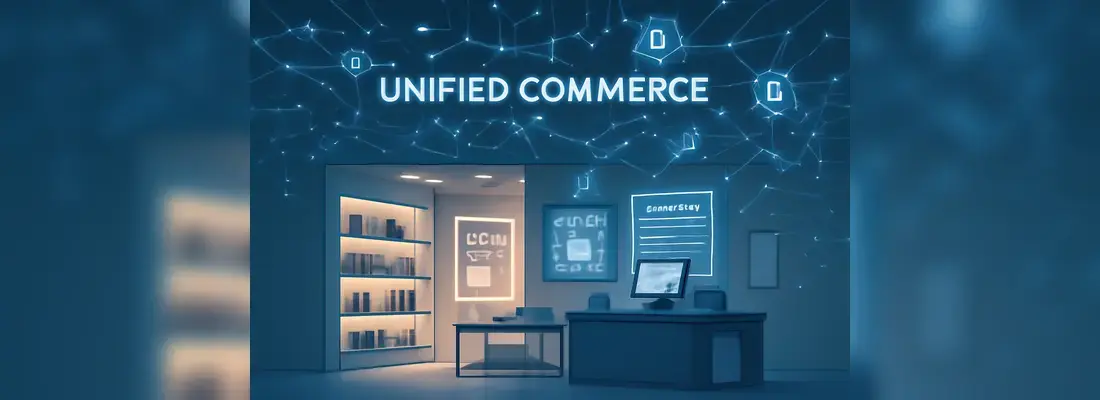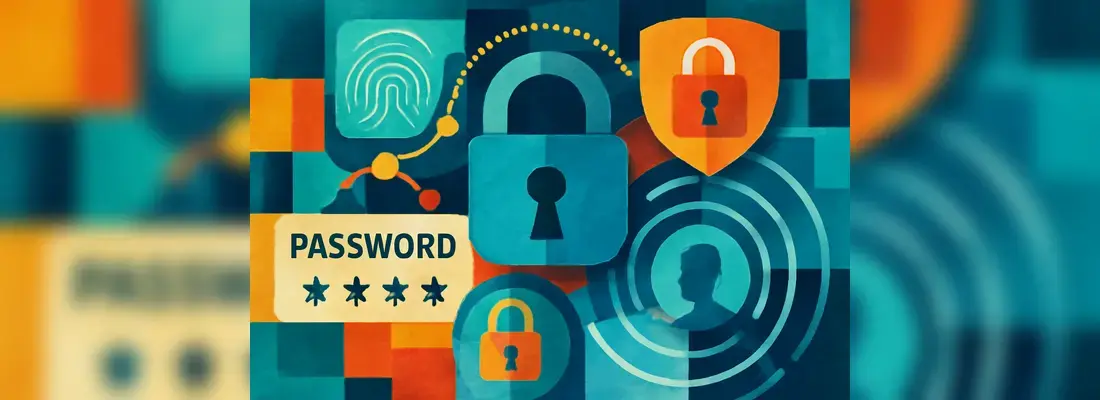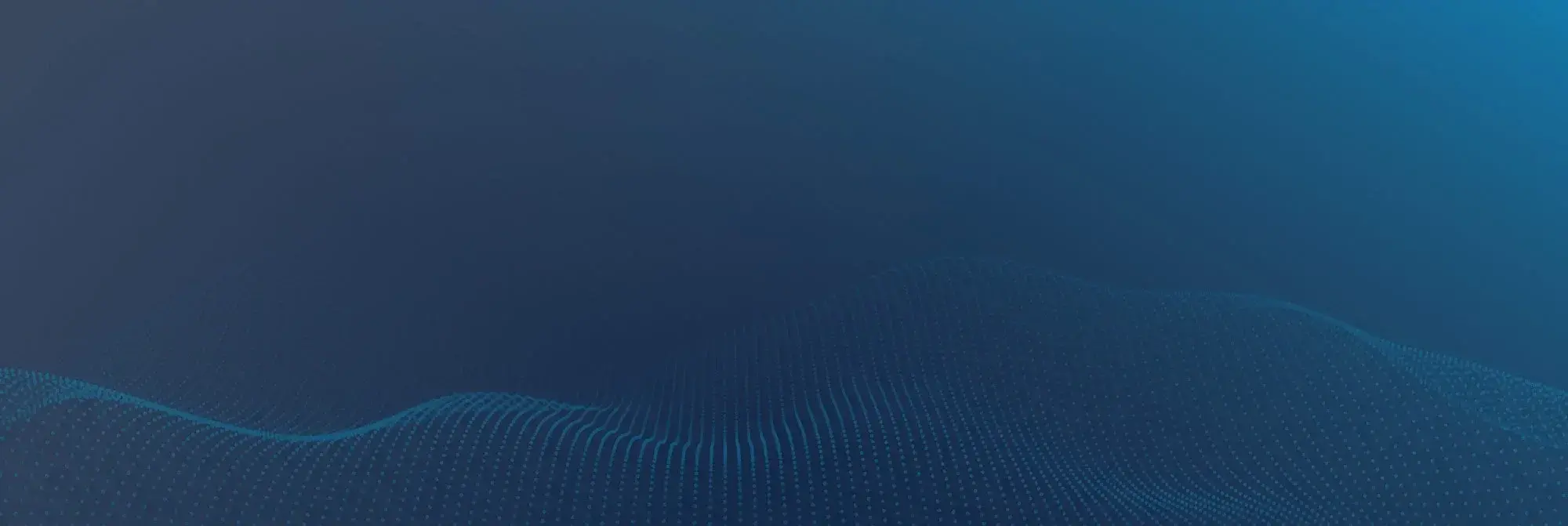AI has dramatically reshaped software development. Tools like GitHub Copilot, ChatGPT, and Amazon CodeWhisperer are enabling developers to write functional code in seconds, helping teams move faster through development cycles. But as with any powerful innovation, this progress comes with significant risks, especially when these tools are integrated into Continuous Integration and Continuous Deployment (CI/CD) pipelines without appropriate security controls.
Whether you're managing enterprise DevOps workflows or just starting your programming journey with a coding tutor, it's critical to understand the evolving landscape of software security. Foundational knowledge in secure coding practices becomes essential not just for producing functional code, but for maintaining integrity and trust in software pipelines powered by AI.
The Rise of AI in Code Generation
AI-assisted programming is no longer futuristic; it’s part of the current development ecosystem. GitHub Copilot and ChatGPT leverage large language models trained on billions of lines of code. These tools can autogenerate functions, suggest full frameworks, and identify bugs. But they can’t always distinguish between secure and insecure code. Without a developer trained in cybersecurity basics, often gained through mentoring or work with a coding tutor, these tools may lead to flawed implementations.
The danger lies in how easily developers may accept AI-suggested code without validating it. Secure development isn’t just about getting code to compile, it’s about understanding where vulnerabilities hide and how to prevent them.
Emerging Attack Vectors from AI‑Generated Code
AI-generated code may look functional, but that doesn’t make it secure. Key risks include:
1. Insecure Code Patterns
AI tools may suggest risky practices such as:
- Hardcoding passwords or API keys
- Using outdated encryption like MD5 or SHA-1
- Skipping proper input validation
These patterns, if not caught, can slip into production. A developer trained by a coding tutor is more likely to recognise and correct these issues.
2. Data Leakage Through Prompts
Some developers unknowingly share proprietary information in AI prompts, which may be logged or used in future model training, posing legal and privacy risks.
3. Poisoned Open Source Dependencies
Attackers plant malicious code in open repositories, hoping it gets picked up by AI tools. Developers must know how to vet third-party libraries before use.
4. Licensing & Compliance Issues
AI-generated code can inadvertently replicate licensed snippets (e.g., GPL), creating legal vulnerabilities. Developers need to recognize licensing red flags, something rarely taught outside of structured education.
CI/CD Pipelines: Attractive but Vulnerable
CI/CD systems prioritise speed. Pipelines that ingest unchecked AI-generated code risk deploying vulnerabilities instantly. To mitigate this risk and ensure team accountability, implementing a specialized software engineering intelligence platform like Swarmia is essential for tracking code review coverage and mean time to recovery (MTTR). Often, no human sees the code before it hits production. Without a trained developer reviewing changes, the consequences can be severe.
Strategies to Secure Your CI/CD Pipelines
1. Shift Left Security
Begin security at the start of development. Static analysis tools like SonarQube and Checkmarx help detect issues in AI-generated code early.
2. Developer Training & Mentorship
Encourage a culture of learning. Whether through formal coursework or learning from a coding tutor, developers must build secure habits from the beginning. Tutors can explain core concepts like input sanitisation, data handling, and cryptographic standards in a personalised way that AI tools cannot.
3. Enforce Human Code Review
Require human reviews before merging AI-generated changes. Trained reviewers can assess edge cases and compliance, something automated tools still struggle to do well.
4. Software Composition Analysis (SCA)
Tools like Snyk or OWASP Dependency-Check identify known vulnerabilities in packages. Developers must also learn to interpret SCA results, often guided by experienced mentors.
5. Policy-as-Code
Automate rules for pipeline behaviour (e.g., prevent unapproved deploys) using tools like Open Policy Agent (OPA).
Simulate AI Breaches with Tabletop Exercises
Practice makes perfect. Simulate cyber tabletop exercise scenarios where:
- An AI-recommended library contains malware
- A prompt leaks credentials
- Licensing violations occur
Run these simulations with both technical and non-technical staff. Developers who’ve learned structured incident response, through training or guidance from a coding tutor, respond more effectively.
Don’t Overlook Insider Threats
AI tools can be misused by insiders, deliberately or unintentionally. Developers with insufficient training might introduce vulnerabilities without realising it. According to the Cybersecurity and Infrastructure Security Agency (CISA), insider threats remain among the most dangerous yet overlooked vectors. Ongoing mentorship and cybersecurity education reduce these risks.
Promote Security Champions
Identify security-minded developers within teams. Their role includes:
- Reviewing AI code
- Hosting internal coding sessions
- Sharing insights about new AI risks
Many champions began as junior developers mentored by tutors who instilled security-first thinking.
.webp?width=650&name=AI_Coding_cropped%20(1).webp)






.webp)
.webp)
